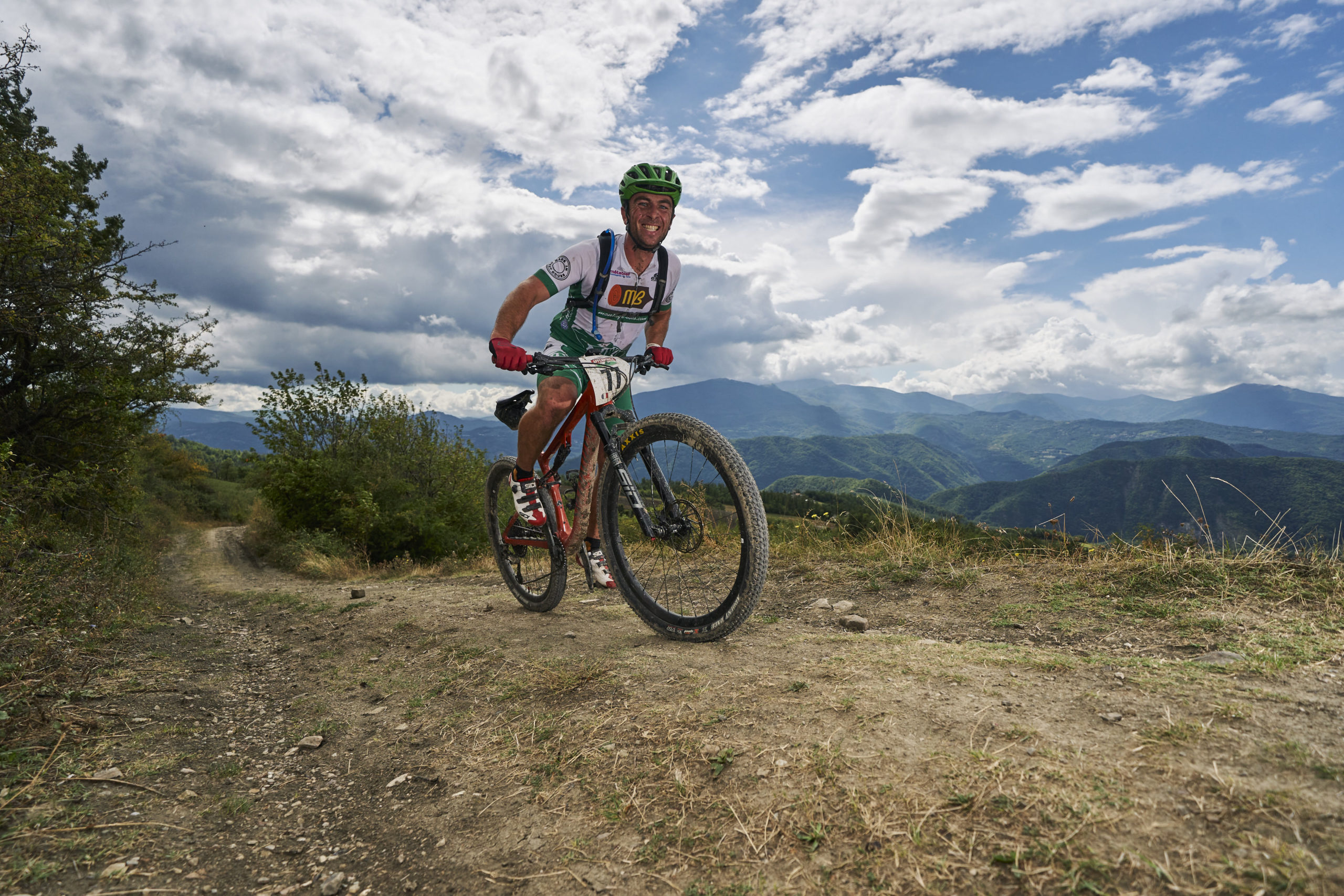
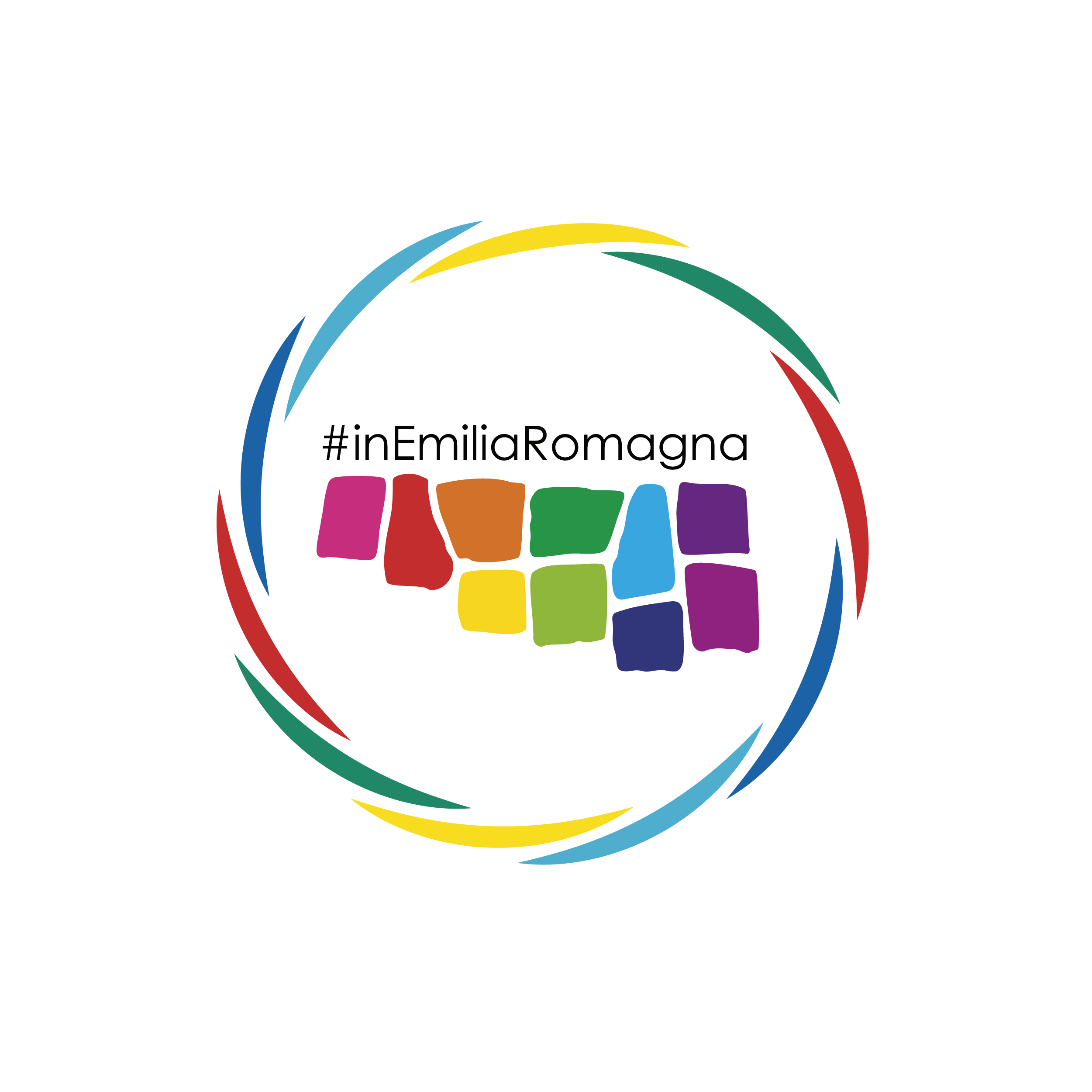
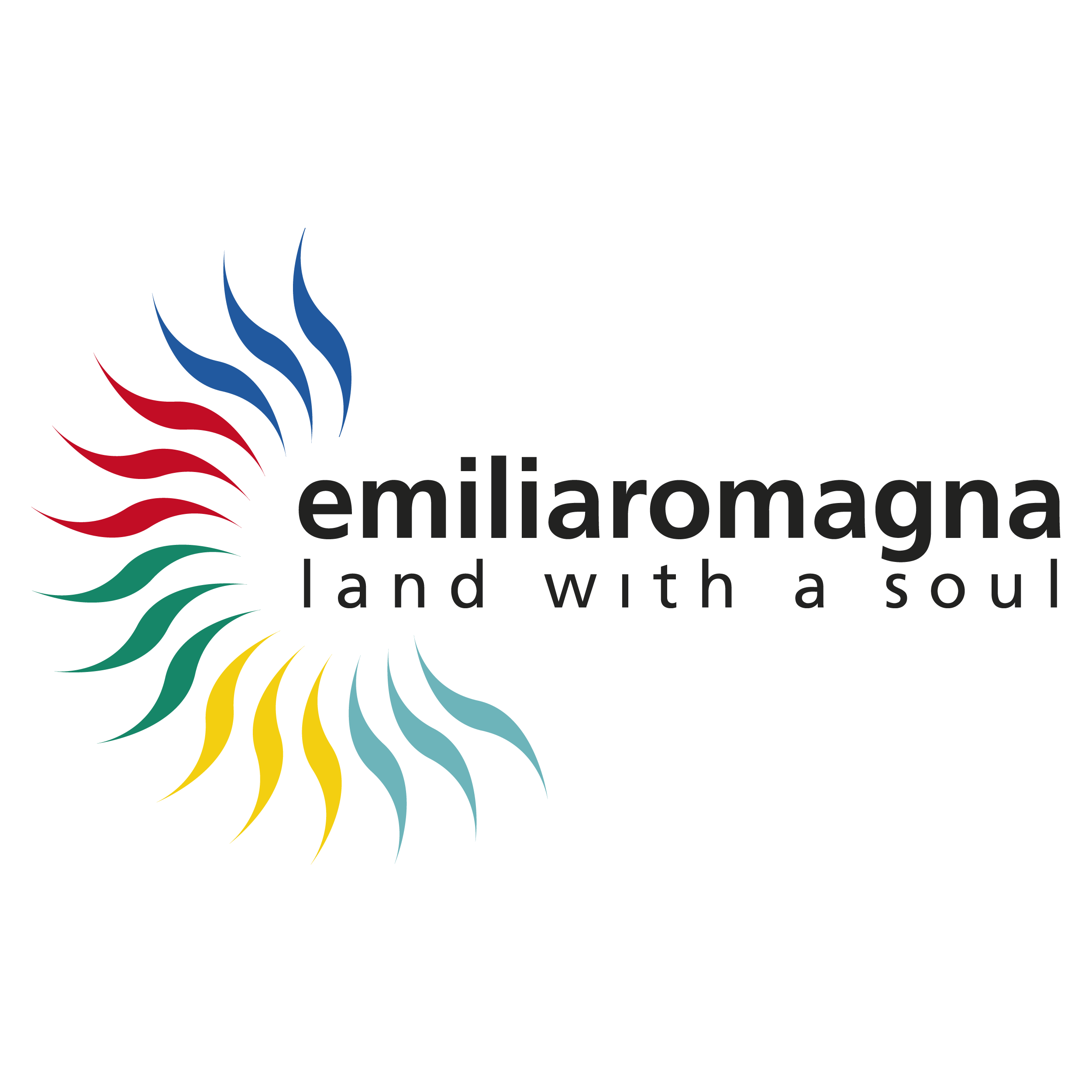
Emilia Romagna, land with a soul
An old and cherished thread runs through the whole of Emilia Romagna, linking sunny Rimini, queen of seaside resorts, to the history-rich Piacenza area: the Via Aemilia.
It connects a string of incomparable pearls, from the 10 cities of culture and art to the pristine landscapes of the Apennine Mountains and the River Po delta, via world-leading food and wine, a motor industry like no other, and wellbeing through sport and spas. Not forgetting the superb manufacturing and craft industries and, of course, the Romagna Riviera with its 70 miles of holiday fun for all the family.
The Via Aemilia was conceived by the Roman consul Marcus Aemilius Lepidus in 187 BC. It linked the Via Flaminia, a consular road from Rome to the colony of Rimini (founded in 268 BC), and the Via Postumia, which ran from Piacenza to Aquileia and is now the SS9 main road. Emilia has become the perfect destination for a slow holiday of great variety. A journey on the Via Aemilia is a discovery among the region’s veritable hamper of 50 DOC and DOCG wines and 41 PDO and PGI products (starring Parma ham and Parmesan cheese, or Parmigiano Reggiano, to give it its full name). Peruse the array of traditional dishes at starred restaurants, inns and street-food kiosks, from the archetypical Romagna piadina flatbread to pisarei e fasò from Piacenza (little flour-and-breadcrumb gnocchi in a bean sauce) and from tagliatelle bolognese to fried Modena gnocchi. There are also many stellar businesses, consortia and symbolic places in the Emilia Romagna culinary firmament to explore.
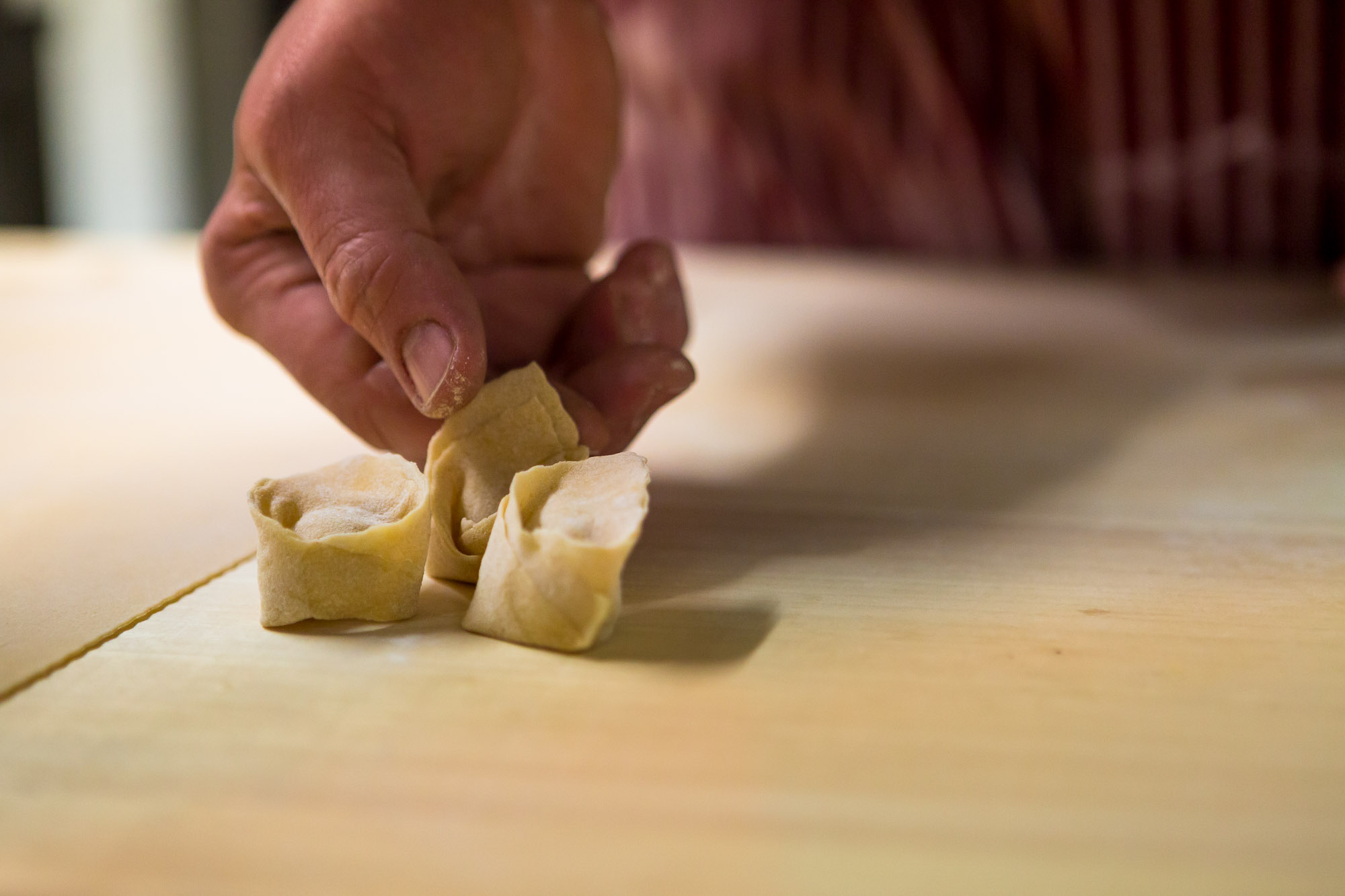
Take Casa Artusi, for example, the centre for food and wine culture dedicated to the father of Italian regional cuisine, Pellegrino Artusi, or Alma di Colorno (near Parma), the international cooking school directed by master chef Gualtiero Marchesi.
Emilia Romagna, of course, has always been the heartland for cars and bikes – the “Motorvalley”, as many call it – whose history and marques are second to none worldwide. Two- and four-wheeled legends sprang up along the Via Aemilia, from Ferrari, Maserati, Lamborghini and Pagani to Ducati, De Tomaso, Dallara and Morini. These truly excellent enterprises are the product of a region with a long tradition of technology leadership. Every year, the circuits and tracks in Emilia Romagna’s Motorvalley hold re-enactments of classic races, car and bike fairs, and legs of the Moto GP and Superbike Championship. And an army of private enthusiasts keeps unique car and motorcycle collections on show from Rimini to Modena.
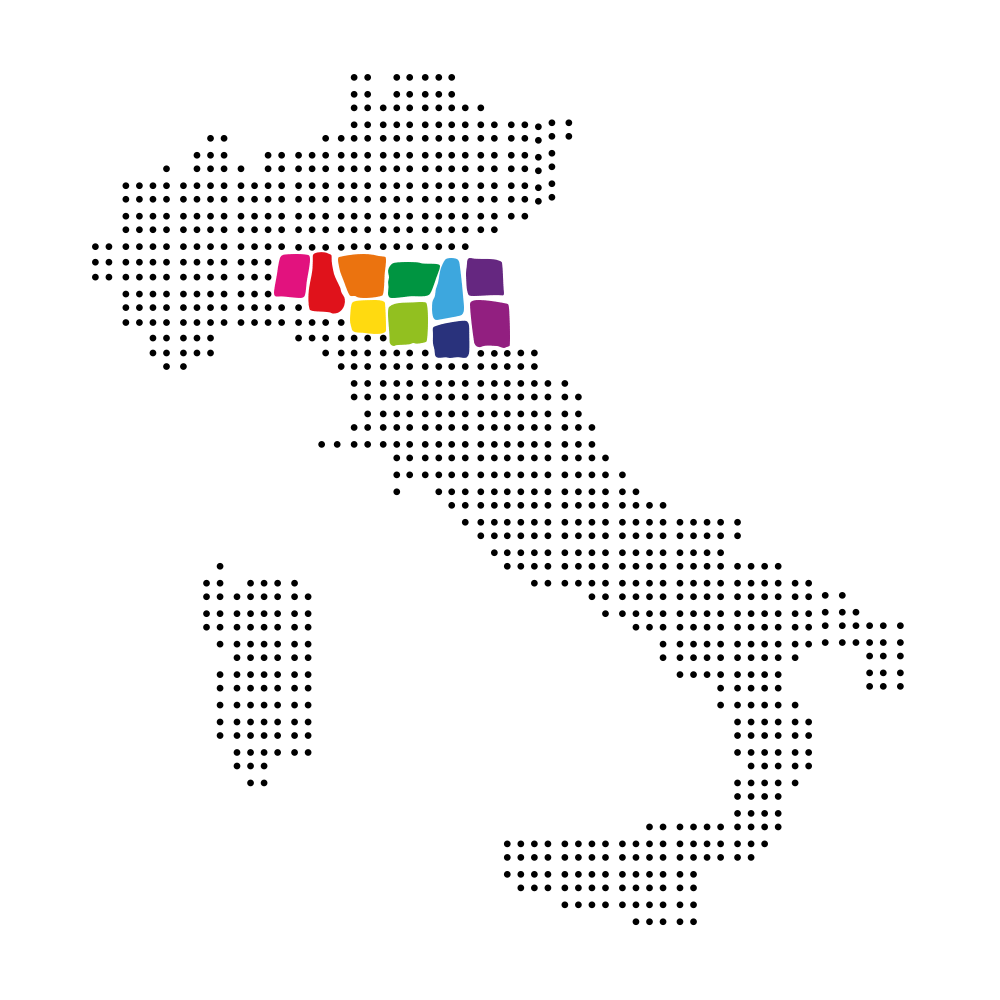
From high speed to high fashion, all in impeccable Italian style, naturally, the Via Aemilia is known for Blumarine and Alberta Ferretti, the unmistakeable élan of Giorgio Armani and the distinctive lines of Max Mara. The San Mauro Mare shoe district just inland from the Romagna Riviera boasts brands from Sergio Rossi and Vicini to Giuseppe Zanotti Design.
The area’s thousands of years of history have left it with fine museums, international architecture, and stunning UNESCO monuments: Emilia Romagna’s art cities are an Aladdin’s cave of culture and learning, windows par excellence on Italy’s “Great Beauty”. Roman Rimini; Ravenna and Faenza with their world-famous mosaics and ceramics; Cesena’s Malatestiana Library; Bologna and its 25 miles of porticoed streets and its 11th-century University; Parma, Modena and Ferrara with the pomp of their former lords; Reggio Emilia, “home” of the Italian flag; and Piacenza with its palazzi and old courtyards – all that is just the start. The region’s art cities are laced with music too, as the birthplaces of world-renowned greats from Giuseppe Verdi and Arturo Toscanini to Luciano Pavarotti, cities that have become favoured stamping grounds for personalities of maestro Riccardo Muti’s calibre. There is a rich heritage of drama and opera in the region’s 100 playhouses – few areas in Europe are better served for theatres than Emilia Romagna – along with film, painting and literature. The Via Aemilia has produced big-screen masters such as Federico Fellini, Michelangelo Antonioni, Pierpaolo Pasolini and Bernardo Bertolucci, painters from Guercino and Carracci to Guido Reni and Giorgio Morandi, and poets and writers of the stature of Ludovico Ariosto, Giovanni Pascoli, Cesare Zavattini, Leo Longanesi, Tonino Guerra and many others.
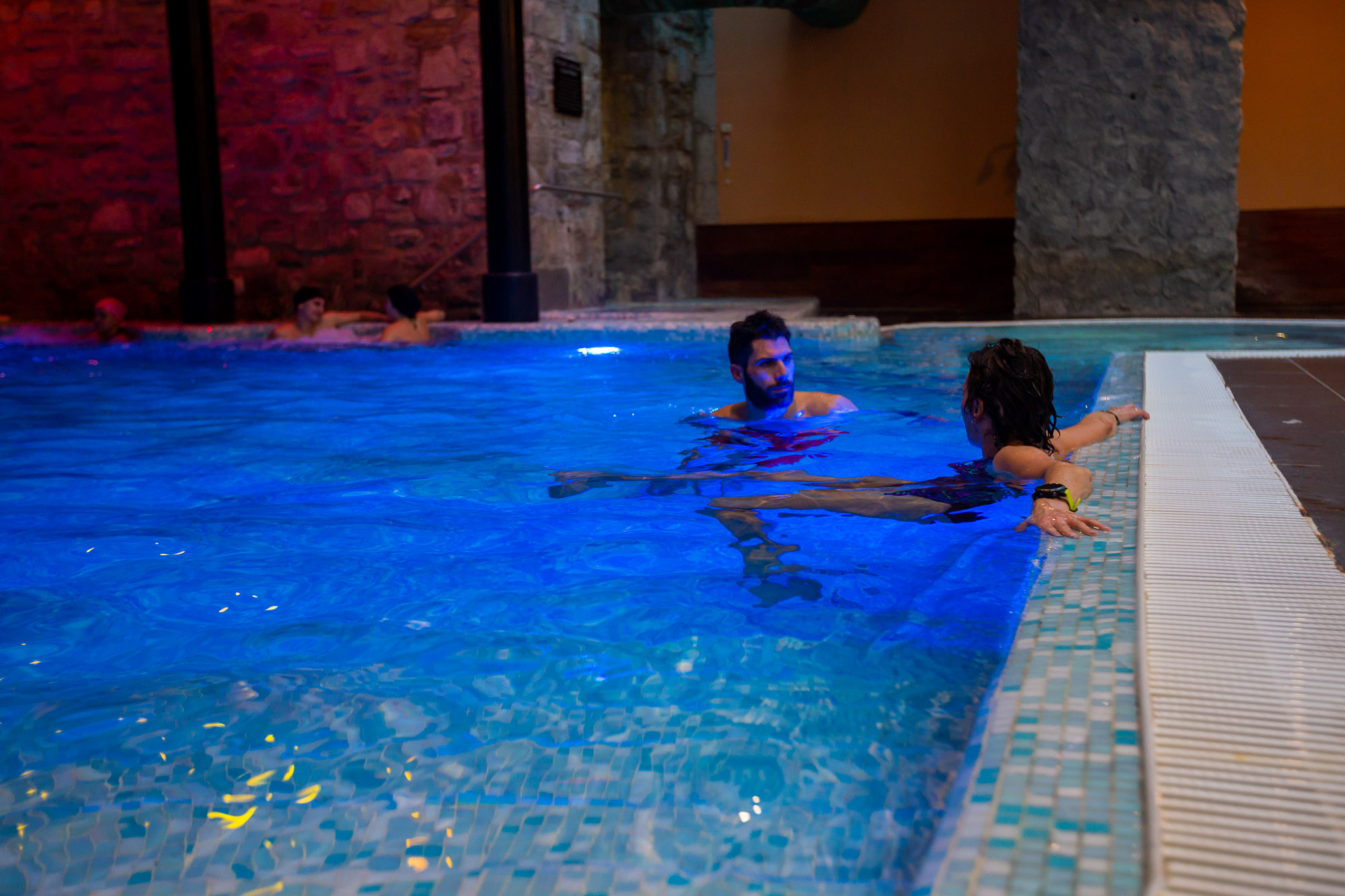
It is a land of culture but also of wellbeing and sport. The Via Aemilia is punctuated with 25 spa centers in 19 different areas offering the latest treatments and a world of wellness and relaxation. The amenities include thermal pools, sweeping parks and sources of water with beneficial properties. The Apennines between Emilia Romagna and Tuscany are a great place for sport. In winter, there are over 190 miles of slopes, 1,900 miles’ worth of cross-country skiing, 14 snow parks for keen snowboarders, and countless routes to explore with snowshoes and dog sleds. In summer, trekking, mountain biking and horse riding are the name of the game. Touring cyclists, meanwhile, are spoiled for choice. Emilia Romagna has more cycleways than any other Italian region, with 8 of its provincial capitals in the list of Italy’s top 50 cities (led by Reggio Emilia with 6.2 miles of green routes per 10,000 inhabitants, followed by Ferrara and Modena with 5.6 miles). If you have strong legs, you’ll relish the 5,000 miles of road routes, cycle paths and dirt tracks. And there’s no shortage of specialist hotels catering for cycle tourists, with fully equipped bike workshops, high-energy menus, and guides with suggested routes.
Just a few miles from the Via Aemilia, the atmospheric Po delta is great to discover by bike along 75 miles of cycle paths or on horseback, with birdwatching, crafts and typical food and wine to enjoy. Venture a little farther south and you reach the Romagna Riviera. With 70 miles of golden sands, 15 amusement parks (the most in Italy for an area this size), 3,000+ hotels, 1,400 “full-optional” bathing beaches, the relaxing Wellness Valley, and a magical area to explore inland, you’re sure to find plenty of spots for a fine family holiday.
The Apennines
The Apennines are the mountains that run almost the whole length of Italy from Liguria (in the North) to the tip of Calabria (in the South) and even into the island of Sicily. They are Italy’s equivalent of North America’s Great Divide on a much smaller scale (roughly 1/3). As well as being the watershed, these were literally a great divide because until the coming of the railroads it was quicker to sail from Ancona on the Adriatic east coast to Rome on the west. Drivers today that have to cross still complain about the task. But riders find there an amazing playground of quiet valleys and passes among forests of chestnut, oak, and beech trees. A network of secondary roads departs from the valleys formed by the rivers that spring near the mountain peaks. There seem to be in the inhabitants an atavistic mix of respect and admiration for nature that could derive from having to rely on it and its products for millennia because long haul trading wasn’t as lively as in coastal towns and in the Po River Valley. Their practical sense of hospitality goes back to the days when pilgrims traveled to reach Rome, and to WWII days when the Italian resistance, the partigiani, found shelter and hospitality while organizing their liberation plot with the help of the allies.
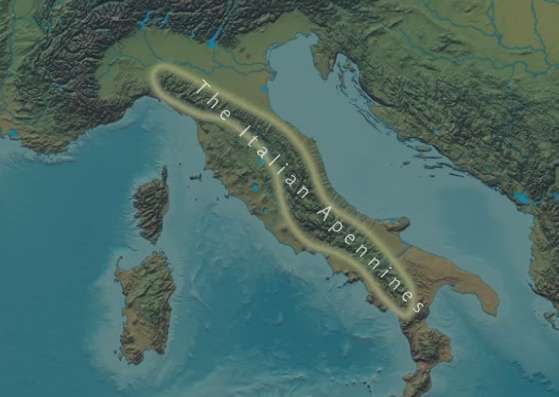
The Apennines are divided into three sectors: northern, central, and southern. They are comprised predominantly of sandstone and limestone marl (clay) in the north, limestone and dolomite (magnesium limestone) in the center, and limestone, weathered rock, and Hercynian granite in the south.
Alta via dei Parchi
The Alta Via is a footpath through the Apennines in Emilia-Romagna and Tuscany. There are almost 500 kilometers of uphills and downhills that include all the best that this area of the Apennines has to offer: glacial rings, lakes set in the splendor of high altitude prairies, thick forests and clear rivers, volcanic rocks and gypsum cliffs. There are eight parks crossed through by the Alta Via:
Parco regionale Valli Cedra e del Parma
Parco Nazionale Appennino Tosco-Emiliano
Parco regionale Alto Appennino Modenese
Parco regionale del Corno alle Scale
Parco regionale Laghi di Suviana e Brasimone
Parco regionale Vena del Gesso Romagnola
Parco Nazionale Foreste Casentinesi Monte Falterona e Campigna
Parco interregionale Sasso Simone e Simoncello
